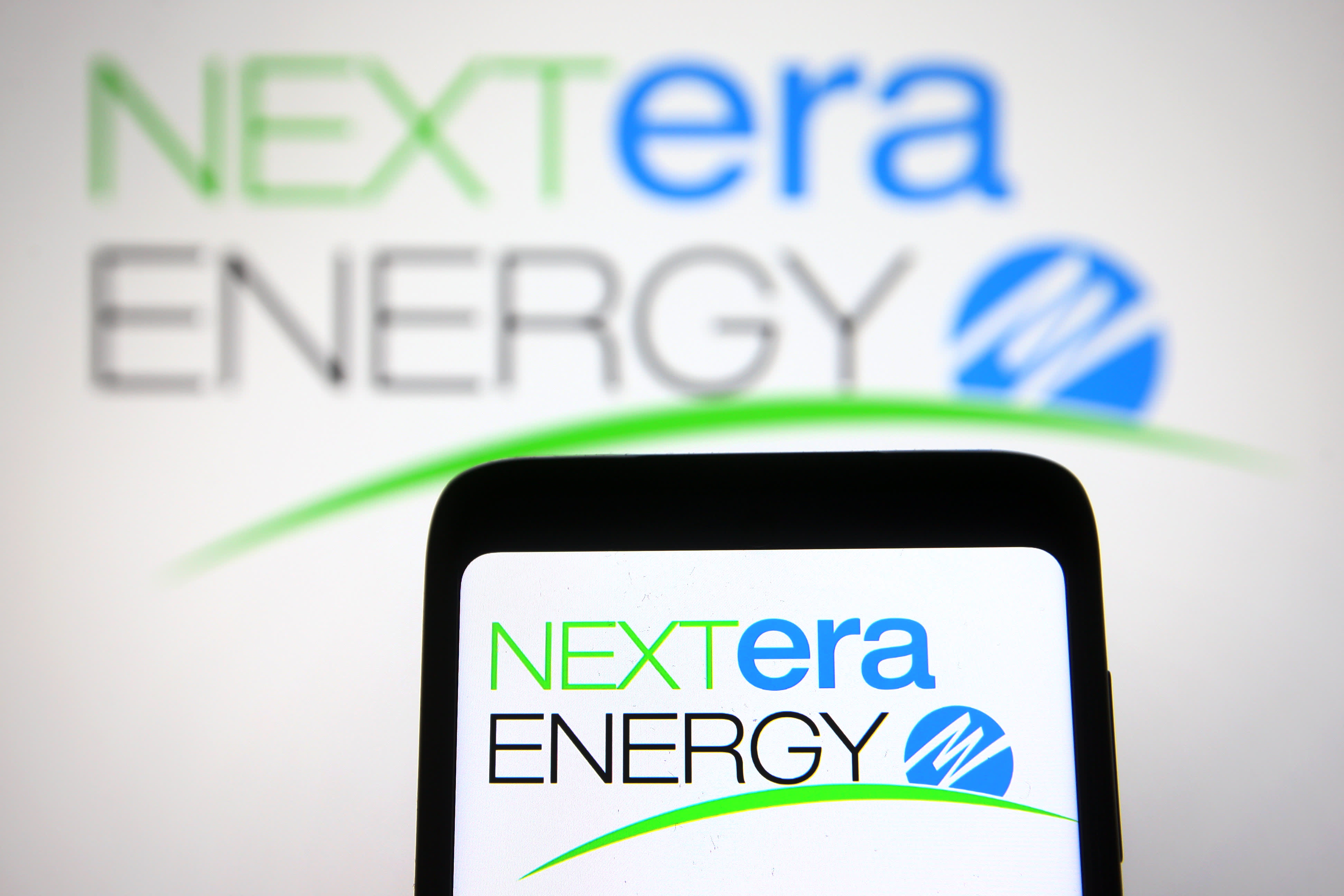
Pavlo Gonchar | SOPA Images | Lightrocket | Getty Images
NextEra Energy is considering restarting a nuclear plant in Iowa as demand for carbon-free energy grows amid a historic surge in electricity consumption.
The Duane Arnold Energy Center in Palo, Iowa ceased operations in 2020 after 45 years of service. NextEra CEO John Ketchum said Wednesday a thorough review of the risks is needed to see if restarting the reactor is feasible.
“There would be opportunities and a lot of demand from the market if we were able to do something with Duane Arnold,” Ketchum said on NextEra’s second-quarter earnings call Wednesday.
“We’re looking at it,” he said. “But we would only do it if we could do it in a way that is essentially risk free with plenty of mitigants around the approach. There are few things we would have to work through.”
The Duane Arnold plant was scheduled for retirement in late 2020 after a key customer, Alliant Energy, sought cheaper energy alternatives. The plant ceased operations two months earlier than expected after a derecho, a powerful windstorm, damaged some portions of the plant including its cooling towers.
Nuclear energy fell out of favor over the past decade as plants struggled to compete with cheaper energy sources such as natural gas and renewables. The 2011 Fukushima nuclear accident in Japan also raised safety concerns. A dozen nuclear reactors in the U.S. closed from 2013 through April 2021, according to the Congressional Research Service.
Rush for carbon-free energy
But interest is growing in nuclear again as the U.S. faces significant wave of power demand from artificial intelligence data centers, a renaissance of domestic manufacturing and the electrification of the economy.
“The existing nuclear plants are the hottest thing in power right now,” Mark Nelson, founder of Radiant Energy Group, said on CNBC’s “Last Call” in June. “They’re going to be able to nearly name their price to build out to data centers that are parked right at their gate.”
Electricity demand is rising at the same time the U.S. is trying slash carbon dioxide emissions by accelerating the buildout of renewable energy. Solar and wind, however, still face challenges providing reliable power due to their dependence on weather conditions.
While CEOs in the renewable industry believe battery storage will ultimately solve that problem, utility executives have insisted that nuclear and natural gas are needed to maintain grid reliability.
Southern Company CEO Chris Womack said last month that he thinks the U.S. needs to install more than 10 gigawatts of new nuclear power to meet electricity demand. Southern Company, one of the largest utilities in the U.S., completed the first new nuclear plant in decades last year, though the project finished behind schedule and over budget.
The push for new nuclear has also faced criticism. AES Corporation CEO Andrés Gluski told CNBC in June that the enthusiasm for nuclear is “overblown,” pointing to the costs associated with building new plants.
The tech sector, however, has shown growing interest in nuclear as way to provide reliable power for data centers. Earlier this year, Amazon Web Services bought a data center powered by nuclear energy from Talen Energy for $650 million. The cloud service giant is also in talks with Constellation Energy for electricity supplied from a nuclear plant on the East Coast, people familiar with the matter recently told The Wall Street Journal.
The U.S. maintains the largest nuclear fleet in the world with 94 operating reactors. The Biden administration has provided tax credits under landmark Inflation Reduction Act to prevent more reactors from going offline. In December, the U.S. and a coalition of more than 20 other countries pledged in December to triple nuclear power by 2050 to address climate change.

